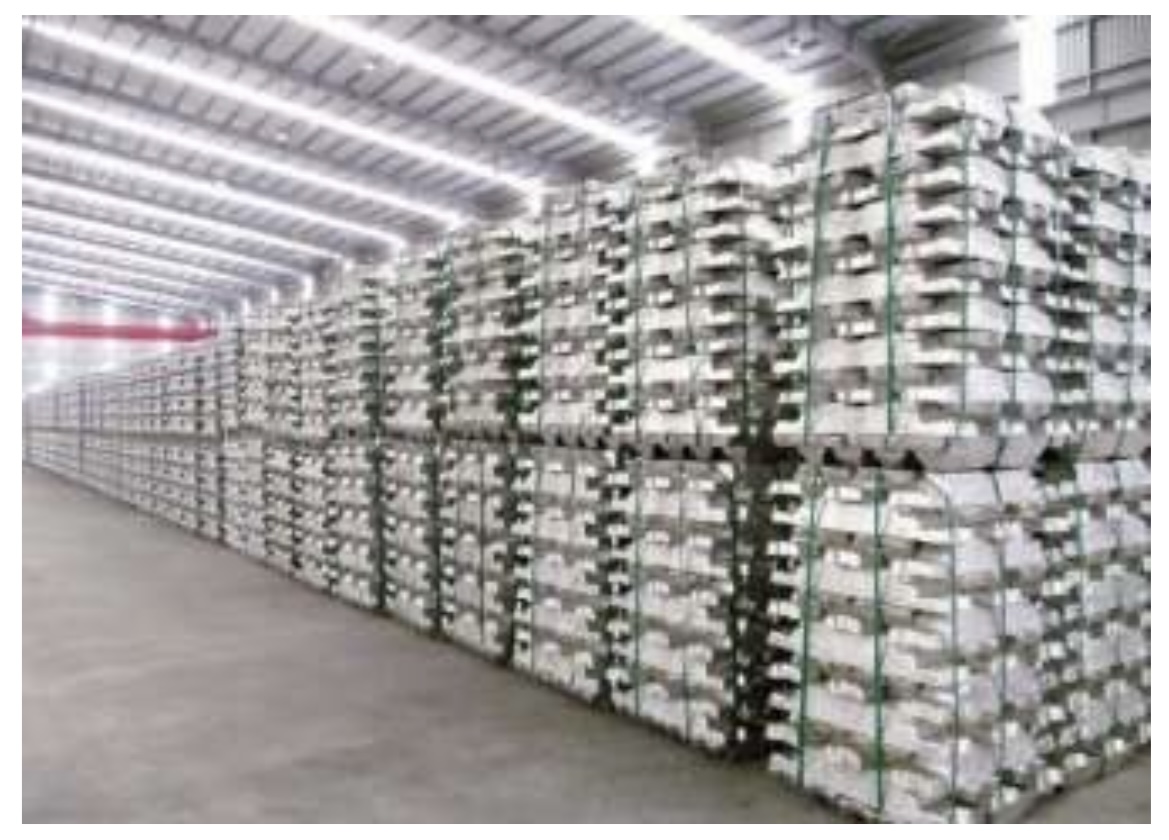
Industry trade group International Aluminium Institute (IAI) released a report this week detailing a study that shows aluminium beverage containers promote a circular economy better than any other material currently in use.
According to the study, which looked at aluminium, glass, and polyethylene terephthalate (PET) plastic containers, aluminium is reused at about double the rate of glass or plastic, with 70 percent of aluminium can material finding its way into new aluminium cans after use.
The study also found that more glass and plastic beverage containers end up in landfills due to a lack of collection for recycling. Furthermore, even when recycled, losses in the process for glass and plastic are three times higher than those for aluminium.
Ramon Arratia, Vice President Global Public Affairs at Ball Corporation, put the study’s findings into perspective.
“While no drinks container has achieved its full circularity potential yet, aluminium outperforms glass and plastics (PET) at all stages of the waste management system. Today, aluminium cans are the most recycled beverage containers globally. Once the aluminium can is collected from the consumer, it has an unrivalled sorting, reprocessing and remelting efficiency rate of 90% compared with glass (67%) and PET (66%). On this basis, aluminium can be described as a material of choice for a circular economy. This is especially important when we look at the carbon reduction potential of recycling.”
“The number of aluminium cans collected at the end of their life is about 18% higher than PET bottles and 28% higher than glass,” noted Andrew Wood, Group Executive Strategy & Business Development at Alumina Limited. “A greater proportion of PET and one-way glass bottles end up in landfills or waterways because they are not collected. In a decarbonising world, this is likely to contribute to higher demand for both recycled and primary aluminium.”
Marlen Bertram, IAI’s Director, Scenarios & Forecasts, said the study is a first for the aluminium industry.
“As the Institute celebrates its 50th anniversary this year, we have been reflecting on our organisation’s long history of data collection, analysis and modelling. Aluminium is one of the most recyclable materials on the planet and the IAI is campaigning to ensure end-of-life products are returned into the recycling loop given the economic and environmental benefits of the metal in our global economy. Comparing recycling rates of different materials is meaningless if you don’t know how the rate is measured and into what products the material is recycled back to. This study is the first public study that comprehensively analyses the extent of recycling and losses of three beverage containers in different regions. By increasing the precision of identifying where major losses occur, the study could provide solutions to improving the rate of recycling for all materials. We are clearly in a new era in circularity transparency.”
“Collection and sorting systems are essential to increasing circularity and to unlocking the full potential of infinitely recyclable materials,” opined Emilio Braghi, EVP Novelis & President Novelis Europe. “We need a policy framework that incentivises true recycling and circular systems, where at the end of their life, beverage containers are recycled again and again – without loss to quality. Aluminium is perfectly suited for multiple product-to-product recycling. We need to move our thinking from waste to valuable resource – reusing existing material to produce new packaging and thereby saving precious natural resources, energy, and lowering emissions.”
